The home of Northern Ireland's biggest city, the place where Fionn Mac Cumhaill attempted to fight a Scottish giant, and scenery that inspired the world of Narnia - Antrim truly is a magical place.
Here are our top ten interesting things about The Saffron County.
1. The Glensman
Antrim folk hold the nickname of “The Glensman” due to the famous and fabulous glens making up the county’s magnificent landscape. There are nine major glens in total: Glenaan, Glenariffe, Glenarm, Glenballyeamon, Glencloy, Glencorp, Glendun, Glenshesk, and Glentaisie.
2. The Presidential County
Antrim could almost be nicknamed the “Presidential County” also as quite a number of US Presidents can claim roots in the county. Andrew Jackson’s parents came to America from Boneybefore near Carrickfergus, Andrew Johnson’s grandfather moved from Mounthill, near Larne to North Carolina around 1750, and William McKinley’s family came from Ballymoney, his great grandfather, James McKinley, emigrating from the townland of Conagher in 1743. It has also been rumored that Theodore Roosevelt’s family hailed from Co. Antrim.
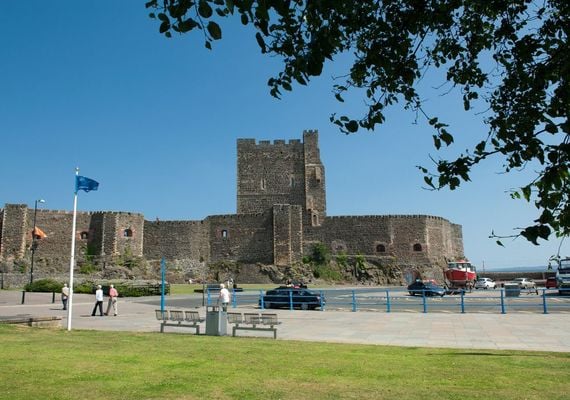
Carrickfergus Castle.
3. Birthplace of C.S. Lewis
Although generally regarded as British, author of “Chronicles of Narnia” C. S. Lewis was born and raised in Belfast and Co. Antrim, oftentimes expressing a love of his Irish heritage and Irish mythology and culture. He was born in Northern Ireland’s biggest city on November 29, 1898.
Dunluce Castle in Co. Antrim, perched on a rocky promontory on the coastline, is also said to be the inspiration for Cair Paravel in “Chronicles of Narnia”. Cair Paravel first appears in “The Lion, the Witch, and the Wardrobe”: “The castle of Cair Paravel on its little hill towered up above them; before them were the sands, with rocks and little pools of salt water, and seaweed, and the smell of the sea and long lines of bluish-green waves breaking forever and ever on the beach.”
4. The Giant’s Causeway
As legend tells it, the Giant’s Causeway is the ruined remains of a pathway to Scotland built by Irish mythological hero Fionn Mac Cumhaill so he could fight Scottish giant Benandonner. The other side of the pathway was said the finish at Fingal's Cave on the Scottish isle of Staffa where the same natural phenomenon appears.
In reality, this UNESCO World Heritage site is a unique landscape of 40,000 interlocking basalt columns and cliffs, the result of an ancient volcanic eruption. The columns are believed to have been created around 50 to 60 million years ago.
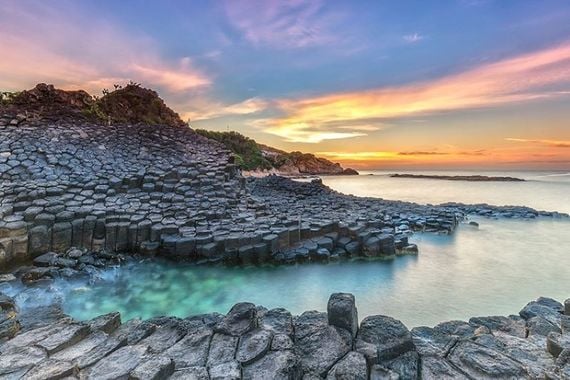
The Giant's Causeway.
5. Game of Thrones
Co. Antrim is of course the home of many of the scenes that appear on the TV show “Game of Thrones” including Ballintoy Harbor where scenes of “Pyke and the Iron Islands” are filmed, Murlough Bay acts as “Storm’s End” and Dark Hedges that was used for the scenes of the “King’s Road”. You can view our guide to touring the Game of Thrones Co. Antrim landmarks here.

Are you planning a vacation in Ireland? Looking for advice or want to share some great memories? Join our Irish travel Facebook group.
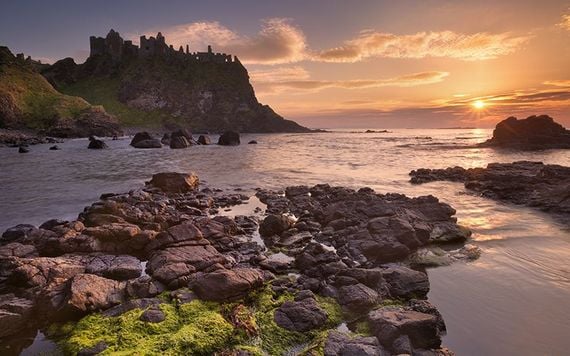
Dunluce Castle, County Antrim.
6. Birthplace of the Titanic
The tragic RMS Titanic was born out of the Harland and Wolff shipyard in Belfast. The ship was constructed on Queen’s Island (which is now known as the Titanic Quarter), taking 26 months to build. 15,000 men worked for Harland and Wolff at the time, working on the RMS Titanic and RMS Olympic at the same time. The Titanic was finally launched on May 31 1911 when 22 tons of soap and tallow were spread on the slipway to lubricate the ship's passage into the River Lagan.
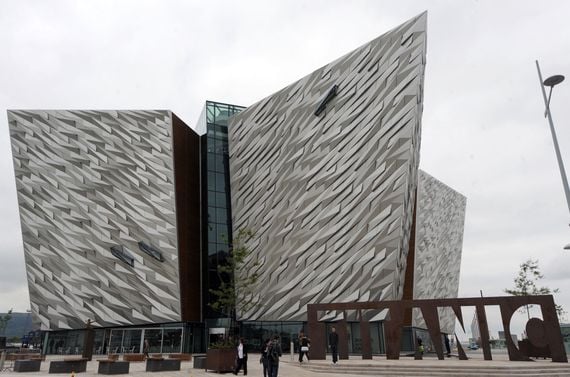
Titanic, Belfast.
7. Former home of St. Patrick
Slemish near Ballymena is said to have been home to St. Patrick for at least 7 years during his time in captivity in Ireland. It was in this area that our Patron Saint tended pigs before making his escape back to Wales.
8. Site of the only French victory on British soil in the modern era
Carrickfergus is the only site that has ever witnessed a French victory over the British in the modern era when French Commander Thurot captured the Antrim town in 1760.
During the Carrickfergus raid, Thurot and several hundred soldiers briefly held the town and ransacked it for provisions. The raid was planned to divert attention from an invasion of the mainland that never happened.
Read more
9. Birthplace of Liam Neeson and Van Morrison
Ballymena native Liam Neeson and Belfast born Van Morrison are just two of the famous faces that we have Co. Antrim to thank for.
On a side note: Antrim is also home to the original Coney Island, which Van Morrison wrote about in the spoken song of the same name.
Birthplace of Liam Neeson.
10. Was once in the kingdom of Dál Riada
Antrim was once part of a kingdom named Dál Riada ruled by the O'Lynch clan in the late 6th and early 7th century. The kingdom stretched across the Irish Sea as far as western Scotland.
* Originally published in 2016. Updated in May 2023.
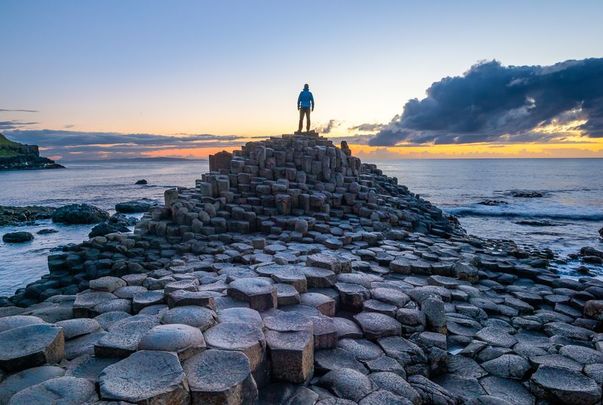
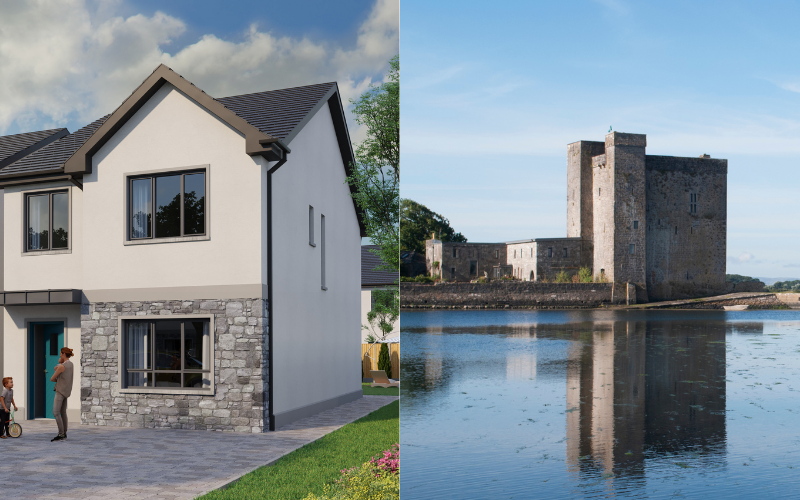
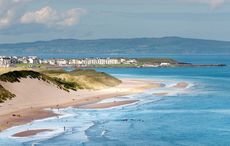

Comments